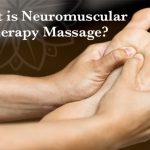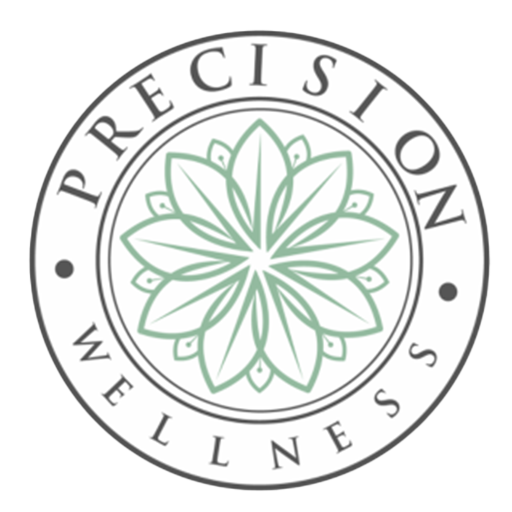TMJ Disorder or Syndrome is a term used to describe temporomandibular disorders (TMD), which happen as a result of problems with the jaw, the joint, and the surrounding facial muscles that control moving the jaw and chewing. The temporomandibular joint is the hinge joint that connects the lower jaw to the temporal bone of the skull. This bone is located in front of the ear on each side of the head. When working correctly, the joints are flexible, which allows the jaw to move smoothly side to side and up and down, also enabling one to chew, talk and yawn. Muscles attached to and surround the jaw joint to control the position and movement of the jaw.
People with TMJ disorder experience severe discomfort and pain that can be temporary, or it may last for many years. More women than men experience TMJ and this disorder is seen most commonly in people between the ages of 20 and 40.
Massage therapy is a healing technique that has been around for thousands of years and is practiced all over the world. It has been proven to help alleviate a variety of medical conditions, including TMJ disorder.
What Causes TMJ Disorder?
Asymmetry of the muscles of mastication, which is also known as chewing, tightness of the back of the neck, forward head posture, and many myofascial trigger points can cause TMJ disorder problems. Injury to the jaw, the temporomandibular joint, or muscles of the head and neck can cause TMJ disorder. However, something as simple as grinding or clenching the teeth puts a lot of pressure on the TMJ and can cause TMJ disorder. Also, the jaw is a ball and socket joint, and dislocation of the cushion between the ball and socket can result in TMJ disorder. Finally, TMJ disorder can result from inflammation caused by another illness, stress, which can cause a person to tighten facial and jaw muscles or clench the teeth.
What Are the Symptoms of TMJ Disorder?
There are several symptoms that are indicators one is experiencing temporomandibular joint disorder, including:
- Pain or tenderness in the face, jaw joint area, neck and shoulders, and in or around the ear when chewing, speaking, or opening the mouth wide
- Difficulty chewing as if the upper and lower teeth are not fitting together properly
- Jaws that get “locked” in the open- or closed-mouth position
- Limited motion to open the mouth wide
- Clicking, grating sounds or popping in the jaw joint when opening or closing the mouth
What Happens at a Precision Wellness Massage Therapy Session for TMJ Disorder?
While treating TMJ, our massage therapist will focus treatment on the reduction of tension in the masticatory (chewing) muscles, eliminating trigger points—the painful “knots” felt in the muscle that refer to pain elsewhere—and releasing tension in the fascia tissue around the jaw area. Fascia is the tough, dense connective tissue that surrounds every muscle, nerve, bone, blood vessel, and organ of the body. Some of the common massages that our massage therapist will use when treating TMJ include:
- Swedish Massage – While this is the most common and well-known massage, it has a number of benefits; a primary one being that of relaxation. Our massage therapist are experts in providing relaxation through a full-body Swedish massage can have a huge impact in reducing jaw tension, as stress contributes greatly to TMJ disorders.
- Neuromuscular Therapy – This technique involves our therapist applying pressure to trigger points in the jaw muscles to help relieve tension and return muscles to a relaxed state.
How Will Massage Help With TMJ Pain?
Massage is the manual or mechanical application to alleviate pain or induce relaxation in the muscles and other soft tissue of the body. The term massage therapy covers a group of techniques that we at Precision Wellness practice. In all of the techniques, our therapists press, rub, and otherwise manipulate the muscles and other soft tissues of the body, often varying in movement and pressure to satisfy each individual’s needs. Usually, the intent is to relax muscles, increase blood and oxygen to areas, and decrease pain.




